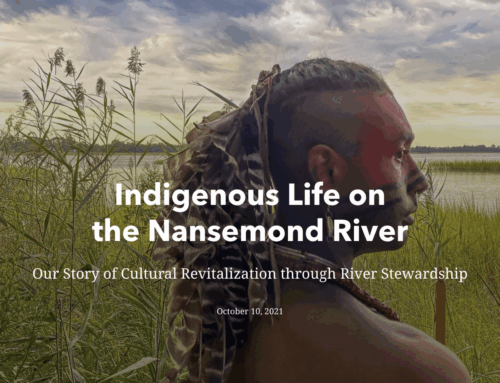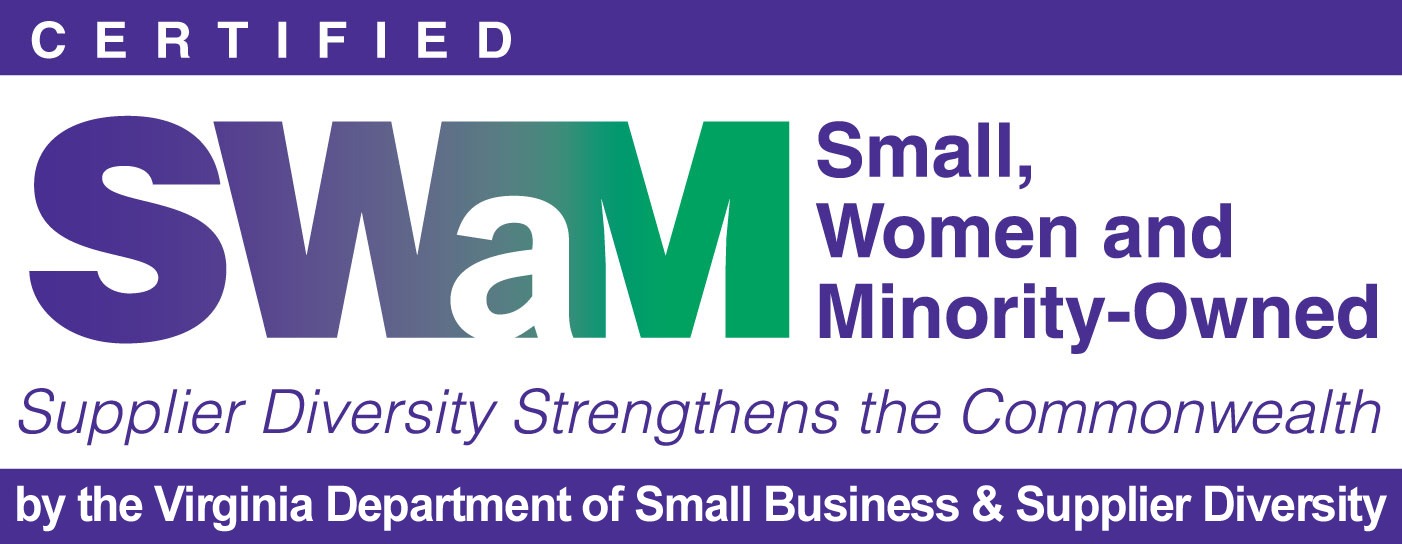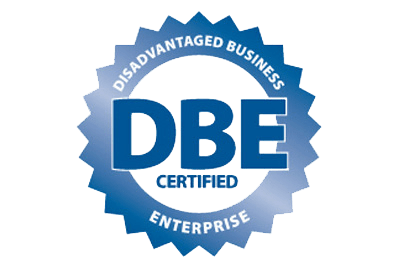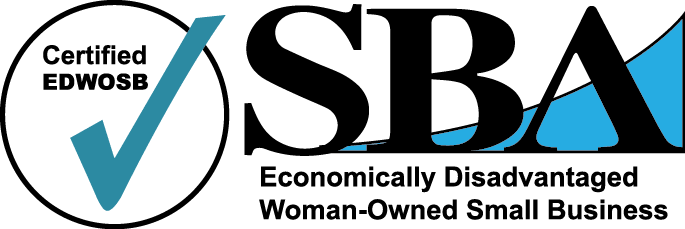Storytelling connects people to science. The recent Planet Forward Summit held at The George Washington University brought together experts and more than 250 students from 40 colleges and universities from around the world to to learn, share, network, and commit to telling success stories with impact that can move the planet forward.
For example, Tom Szaky, of TerraCycle, is on a mission to outsmart waste by rethinking the way we recycle and consume goods. Most importantly, Szaky leverages story and media to highlight how we consume, how much we waste, and how the problem has gotten out of control. His story not only elevates his mission, but seeks to drive drastic change in consumer packaging and attitudes.
“People want purpose, especially in a news cycle that is so ridiculously negative,” Szaky said.
We couldn’t agree more, so let’s consider the transformative power of the Success Story. Our newsletter readers understand how much we believe in the power of story for communicating with your target audience. Humans are wired to be engaged by a story. If the explosion of streaming services like Netflix, Hulu, and Amazon Prime have shown us anything, it’s that we apparently have an inexhaustible hunger for stories. One recent estimate suggests that if you quit your job and did nothing but eat, sleep, and watch Netflix it would take you 9 months to watch everything (as of 2018). Of course, you can never really complete this task because they are always adding new content. Bottom line, there are a lot of stories out there and people want more!
What is a success story and why should I care?
Also known as case studies, success stories provide real world examples of a person or group engaging in a behavior that you would like others (your target audience) to emulate. People in sales and marketing use success stories to make their products and services relatable. Jane Public had a problem, Jane purchased our service, now Jane’s problem is gone and life is fantastic, you should buy our service too, here’s how.
People with an environmental mission can use success stories to convince their target audience to engage in environmentally beneficial behaviors. We recently worked with the EPA’s Chesapeake Bay Program (CBP) office to develop content for a new website. The focus of the site is on informing agricultural landowners about the process of restoring wetlands on their property. Wetlands are critical to the health of Chesapeake Bay and the Bay Program has set ambitious goals to restore them throughout the watershed.
Understanding Success Stories for Landowners
Critical to this mission are agricultural landowners who are some of the largest private landowners in the watershed. The problem? Wetland restoration is expensive and while there are programs that can cover most or all of the cost, the application process can be complicated and time consuming. There are numerous benefits to farmers from a restored wetland but it can be tough to get a person to buy into concept that they are completely unfamiliar with and that will take time and, potentially, money. People can be hesitant to adopt new, possibly inconvenient behaviors. When you add in the additional disincentives of expended time and money, and wetland restoration is a tough sell to the typically practical-minded farmer.
So, what did we do to try and engage with farmers and try to get past the disincentives? No surprises here, success stories of course! A success story goes beyond just telling your audience about problems and solutions. It shows people who are just like your audience members dealing with a problem that your audience can identify with using a solution you want them to try. All of the success stories we developed featured farmers or people who owned agricultural land. Central to the stories were the problems the farmers were having with the land, the process they went through to restore the wetland, and the numerous benefits they enjoyed once the restoration was completed.
It was important that the stories featured farmers because they are the target demographic of CBP’s efforts to restore wetlands. Showing someone from their own community restoring a wetland helps normalize the behavior. This is the secret to success stories. While the desired behavior seems unfamiliar, the individual being profiled is familiar. This helps them envision doing the same thing.
Some tips for developing success stories:
- Use real examples and interview the subjects personally.
- Make the story personal. Don’t just jump right into the behavior you want to promote. Get the person’s back story. Remember, you want your audience to identify with them.
- If the subject of your story got any assistance in the form of funding or support from a technical service provider, make sure you highlight that. It let’s the reader know that they won’t be alone on their journey.
- Use pictures! Real ones, not stock photography. Pictures of the person, the process, and the results of their effort are critical to making the story real and engaging.
Now get out there and tell some engaging stories! And remember, Green Fin Studio is here to help at any point in the process!





